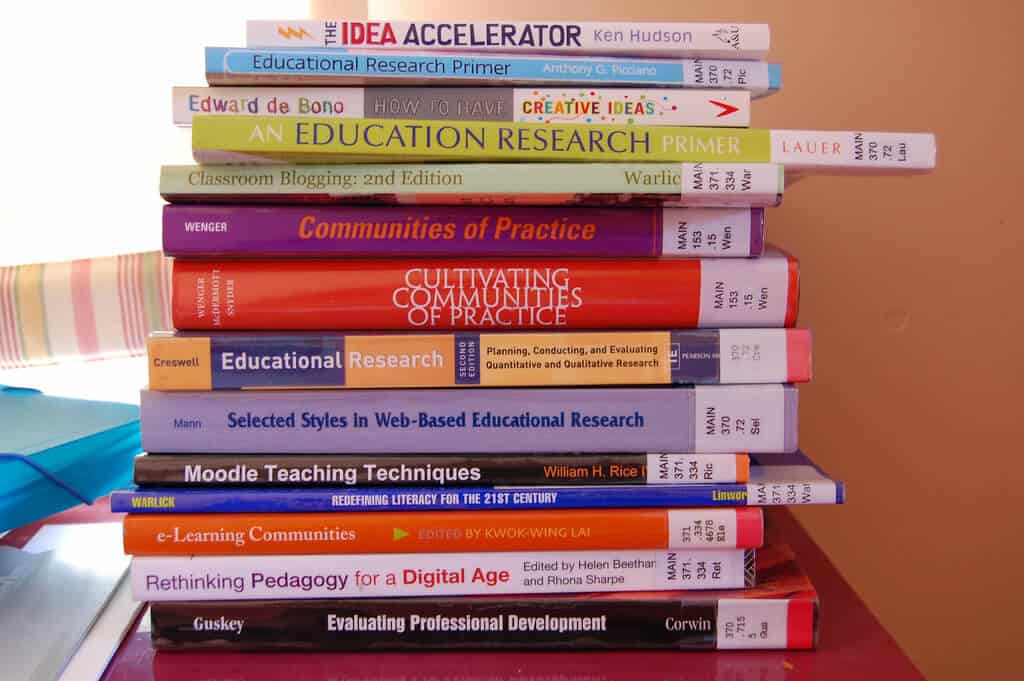
Introduction
We have a major division between research/academia and professional practice in schools. Academics have to undertake research and publish their work in journals dedicated to this purpose, but they are usually too expensive for teachers, inaccessible and rarely address issues of immediate concern to teachers. To that end we often have research that is not really addressing the immediate needs of teachers, and we have teachers who are not engaging in research as its relevance is often questionable or it is just simply inaccessible.
Where are the Experts?
Often, I listen to research presentations that are fascinating and full of ideas relevant to teaching and learning. But when I ask how you are going to disseminate your research so that researchers/teachers can access this information, more often than not responses include academic journals inaccessible for teachers. Similarly, I speak and meet with teachers regularly who again furnish me with fascinating ideas relevant to teaching and learning and when I ask how they are going to disseminate their ideas so more researchers/teachers can benefit, they respond mainly by reaching out on social media. As a result, we have a disconnected system where most research doesn’t really impact teachers lives and most teachers’ experiences do not really impact research.
Meeting in the Middle
Of course, academics will speak out and say that impact factors represent important aspects of their work now and I agree but this development has a long way to go before it has direct impact in schools and on professional practice. Translational work is seen also as a new initiative that could be relevant to practice, but I feel that the authors need to understand practice and the realities of teaching day to day. And many teachers will argue that it wasn’t in academic journals but social media and personal websites that they began to find real gems and nuggets of original and inspiring ideas with direct relevance to professional practice. Nevertheless, we need to understand how each other research and practice operate and try and meet in the middle to better connect these worlds.
Bridging the Divide
If we could bring together all the best work of all the relevant disciplines into a theoretical framework and translate them into usable forms that can demonstrate the value and relevance of their work into a practice framework that can inform professional practice. It would open up a genuine feeling that we are getting there.
To achieve this all the diverse disciplinary forms (and there are many of them) that currently exist within sport and exercise sciences need to recognise that their important work needs to have impact and have relevance to professional practice and public interest. In the same way, people working in professional practice need to be able to understand and ascertain exactly what theoretical positions and their implications are relevant to their practical work and what specific features of practice are key? This would enable teachers and researchers to clearly understand what is on offer and display their relevance to theory and practice.
Summary
Let me finish with an observation. If researchers cannot provide a comprehensive up-to-date picture of how their work can inform practice, how can we expect practitioners/teachers to develop informed practice and improve learning opportunities. Similarly, if teachers do not communicate how their practice constructed how can researchers respond to their immediate and contextual needs? Neither group can improve physical education on their own.
We hope that PE Scholar can be the place where research and practice meets to effectively share and communicate what is happening in each of these areas with the aim to not have them as dichotomous worlds but an integrated whole where research seamlessly informs practice and practice also informs research.


Responses